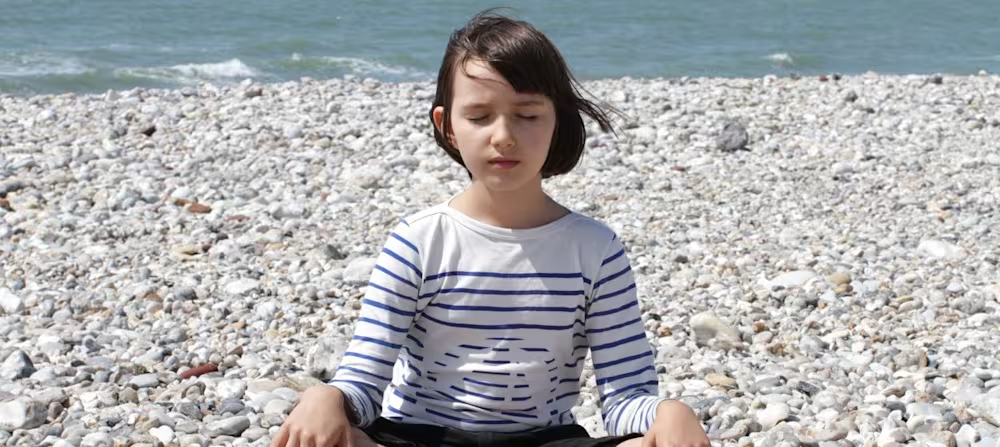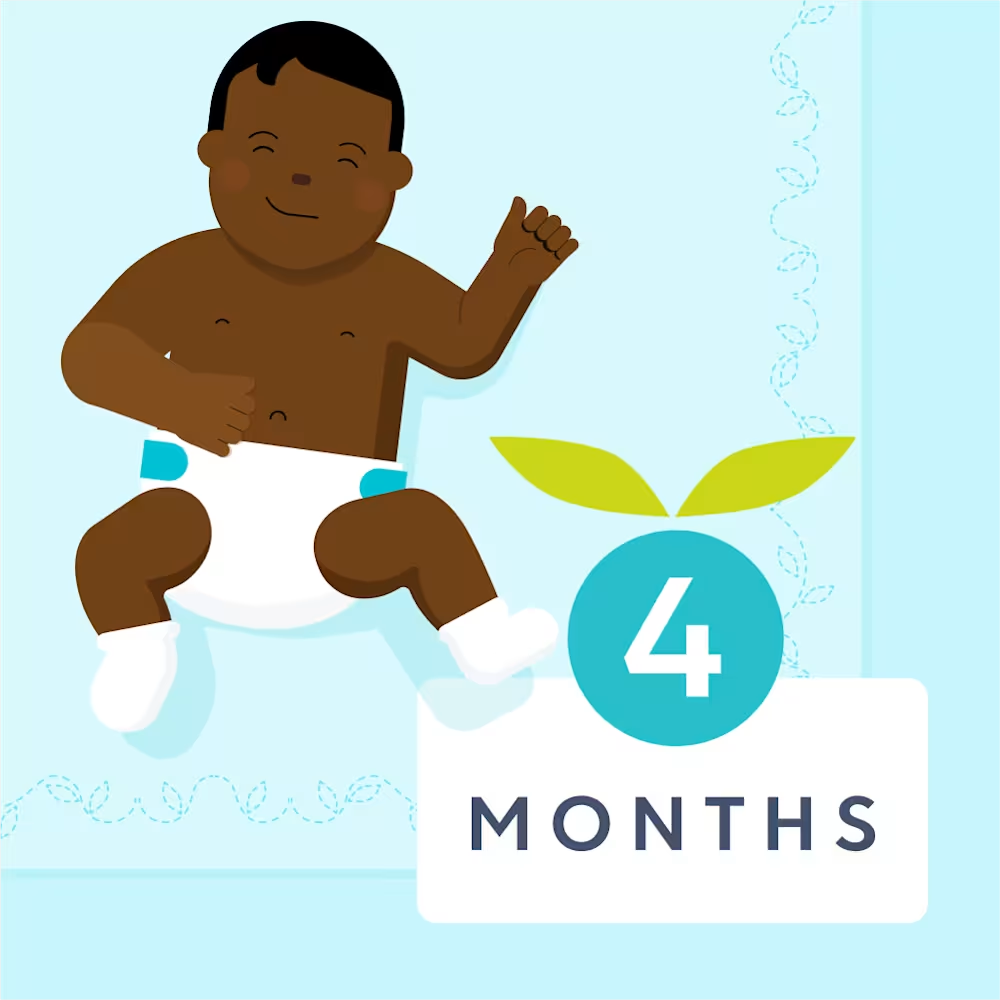How to teach your baby sign language: 10 common baby signs
Updated Jan 12, 2026

I’ll be honest with you - I'm incredibly passionate about baby sign language, having seen the amazing impact it had on my children's ability to communicate. It’s also just a really fun way to interact with your kiddo!
But I’m not going to tell you that you must use baby sign language to improve language skills and bonding between you and your hearing child. It’s one tool. We all have our parenting toolkits and need to fill them with what works best for our individual families. That said, using this tool daily may just make your life easier (and better!) — so, why not give it a try?
How to teach your baby sign language
It may sound daunting, but teaching your hearing baby to use sign language can actually be pretty simple. Don’t worry! You don’t need to set aside extra time for signing. Instead, you can start by choosing a few signs in American Sign Language [] and incorporate them into your daily activities. Here are six tips to get started.

How to teach your baby sign language: Tips at a glance
Tip | What it means | How to use it in daily life |
Choose commonly used words | Start with signs you’ll say often that are easy to remember. | Begin with food-related signs like “milk,” “more,” and “all done.” Use the sign every time you say the word during meals or feedings. |
Repeat, repeat, repeat | Consistent repetition helps your baby make the connection. | Use the sign every time you say the word throughout the day, even if your baby doesn’t respond right away. |
Accompany, don’t replace | Signs should support spoken language, not take its place. | Say the word out loud while making the sign so your baby links the gesture with the sound. |
Add signs gradually | Build your sign vocabulary slowly over time. | Once a few signs feel natural, introduce new ones that are relevant to your baby’s routines, interests, or needs. |
Be patient | It can take weeks or months for babies to sign back. | Many babies don’t start using signs until fine motor skills develop around 8 - 9 months — progress may come later than you expect. |
Include other caregivers | Consistency across caregivers supports learning. | Show signs to partners, grandparents, or childcare providers so your baby sees them used consistently everywhere. |
Find more information below:
Tip #1 Choose commonly used words
Pick common baby signs for words that you frequently use and are easy to remember. For example, it’s common to start with basic signs related to food. Try milk [], more [], and all done [].
Example: Let’s take a look at an example with a 6 - 7 month old baby. When it’s time for breastmilk or formula you can ask your baby if they’re ready for milk while squeezing your fist at the same time you say “milk.” When your baby is in the high chair eating solids, you can pause between bites and ask them if they want “more” while bringing your fingertips together. At the end of each meal, you can be “all done” while turning your palms toward them and then back toward you.
Tip #2 Repeat, repeat, repeat
Repetition is essential. Try to use the sign every time you say the word throughout the day for the best results. Depending on the age and interest of your child, learning a sign will likely take lots of repetition. Don't get discouraged if your little one doesn't pick it up right away.
Tip #3 Accompany, not replace
Be sure to make the hand gesture as you verbally say the words. The sign is meant to accompany, not replace, the spoken word. This will help your baby link the visual gesture to the verbal sounds.
Tip #4 Add signs as you go
Add more basic signs to your repertoire once you get the hang of your starter signs. Remember to look for words that: (a) you’ll use frequently, (b) are easy for you to remember, and (c) are relevant to your baby’s age, care, or interests.
Tip #5 Be patient
Patience is important, especially if you begin using sign language when your baby is young (4 - 6 months). It can be a couple of months before you see the return on your investment. Don’t be discouraged! Once your little one’s fine motor skills start to develop (around 8 - 9 months), they’ll be able to start using their hands to communicate effectively even though they’re preverbal. How amazing is that?
Tip #6 Include other caregivers
Be sure to let your child’s other caregivers know how to perform the signs. Not only will this help your kiddo learn faster, but it also helps ensure that your baby is understood when they start signing back. This is motivating for all parties!
When do I start baby sign language?
The American Academy of Pediatrics (AAP) suggests starting around 6 months old []. They note that you can start earlier, but you’ll likely need to wait longer for your baby to use the signs back to you. Hearing babies who are taught ASL signs often start using hand gestures to communicate around 8 or 9 months old.
Benefits of baby sign language
Despite widespread claims that baby sign language promotes speech, and enhances spoken language development or verbal communication, there’s not much evidence [] to support this, especially beyond 24 months of age. However, there are plenty of other potential benefits of teaching sign language to your hearing child. Here are some of them:
A bridge for communication
Baby sign language can empower babies and toddlers to communicate needs and wants with caregivers before they’re verbal. Plus, it's so rewarding to watch as they start to understand what you're saying and are able to express themselves in a way they couldn't before.
Minimize frustration
When caregivers have to guess what a baby needs or wants, this can lead to frustration on both sides. Parents may spend less time guessing what their kiddo is trying to tell them, which can cut down on misunderstandings, frustration, and tantrums.
More bonding opportunities
Practicing baby sign language can provide unique opportunities to tune into your child’s interests. For instance, when my son was a toddler he was fascinated by our washing machine and he regularly used sign language to convey that he wanted to visit it (and spend some time pushing the buttons on it). This would have taken much more effort and guesswork if we had only had his pointing and grunting to guide me. Sadly, his interest in laundry did not continue into the teen years.
Increased cognitive development
Can baby sign language boost brain power? Anecdotally it’s common to hear that kids who use baby sign language have larger vocabularies, along with better skills in spelling and reading. There’s also evidence to support that sign language may lead to greater IQ scores.
One study [] examined the cognitive development of former baby sign language users at 8 years of age. The authors concluded that baby sign language used during infancy and toddlerhood was associated with higher intellectual functioning in the early school years.
Enhance hunger and satiety cues
Researchers [] have explored using baby sign language as a tool to help parents of preverbal children understand when a child is hungry and when they’re full. This can help support lifelong healthy eating habits.
7 more signs to teach your baby
In addition to milk, more, and all done consider teaching the following signs. We're rather partial to signs that help children get ready for bedtime:
Bed [] or sleep []— Use these signs during your bedtime routine. Ideally, your little one will be able to tell you when they’re tired without any tears. Wouldn't that be a relief?
Book [] — If stories are part of your , adding the sign for "book" can help ensure that storytime is a strong cue that it’s time to transition from play to sleep. This won't always be foolproof but can help set expectations around sleep.
Diaper [] — By learning this sign, your child can learn to let you know when they want a diaper change — perhaps before you even smell it.
Morning []— Greeting your child with a cheerful “good morning!” is a good way to help distinguish between nighttime and daytime when you have an .
Eat [] — Once your baby starts eating solids, you can use this sign to talk about meal time and add signs for specific foods as you go. Helping your little one express their preferences around food and eating can be helpful as they learn skills associated with eating.
Dog, cat, or other animals — If you have a pet or see animals [] around your home or in books, adding the sign can be a fun way to focus on furry friends.
Help — Since the ASL sign for help [] requires two hands, some families like to choose their own substitute gesture that can easily be made with one hand.
Anything else that interests your child in their environment! My son loved to stare at the ceiling fan from his crib so it wasn’t a surprise when that was his first sign.
Takeaway
It might seem intimidating at first, but teaching your hearing baby sign language is easier than you think. No need to carve out extra time — just pick a few basic American Sign Language (ASL) signs and use them naturally during your everyday routines.
Over time, consistent exposure helps them learn to communicate before they can speak!
While many believe that baby sign language boosts speech and verbal development, research doesn’t strongly support these claims — especially beyond 24 months of age []. That said, teaching your hearing child sign language still comes with several potential perks.
Baby sign language FAQ
Share article:
Note: The content on this site is for informational purposes only and should not replace medical advice from your doctor, pediatrician, or medical professional. If you have questions or concerns, you should contact a medical professional.






